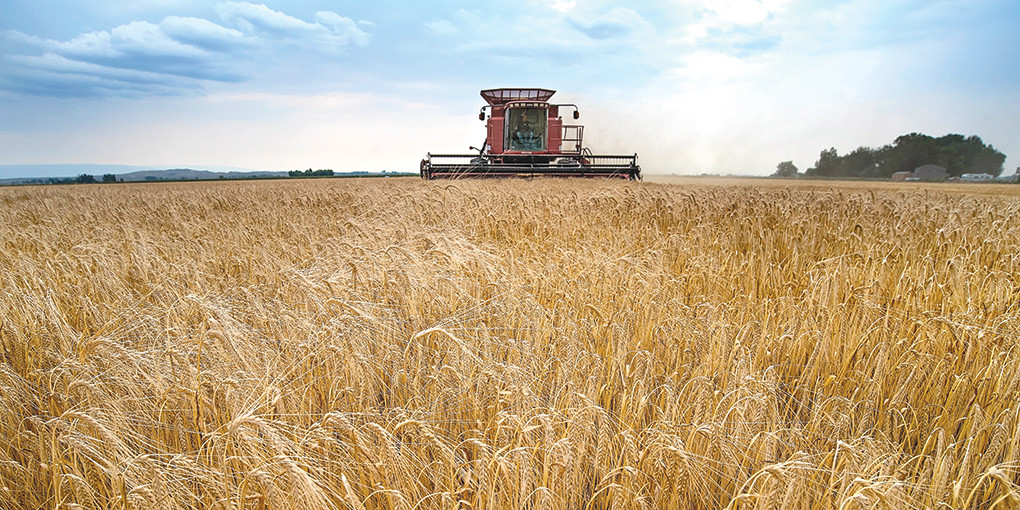
This rice variant is also rich in essential vitamins and minerals like iron, calcium, and potassium, which are crucial for maintaining good health. Its high fibre and protein content, combined with complex carbohydrates, make it an ideal energy source that keeps you full for longer. Thanga Samba Rice, also known as the Golden Grains of South India, is a powerhouse of nutrients that can help boost your overall health. Nutritional Benefits of Thanga Samba Rice

The region’s rich soil and favourable climate, combined with traditional farming techniques, help create the unique taste and texture of Thanga Samba Rice. The rice is typically grown using traditional methods, and farmers use natural fertilisers and organic pesticides. Thanga Samba Rice is primarily cultivated in the fertile lands of the Cauvery Delta region in Tamil Nadu, India. The rice got its name from its distinct golden colour, with “Thanga” meaning gold in Tamil, the local language of the Chola Dynasty.

According to legend, the king of the Chola Dynasty, Raja Raja Chola, was known to have been particularly fond of Thanga Samba Rice, and it was often served in the royal court. Thanga Samba Rice has a rich history that dates back to the Chola Dynasty of South India, which ruled from the 9th to the 13th century. In this blog, we’ll explore the history, nutritional benefits, culinary uses, and health benefits of Thanga Samba Rice, also known as the “ Golden Grains of South India.” Known for its unique golden hue and delicate flavour, Thanga Samba Rice is a staple in many traditional South Indian dishes.

When it comes to rice, Thanga Samba Rice stands out as a cherished and revered variety in South Indian cuisine.


 0 kommentar(er)
0 kommentar(er)
